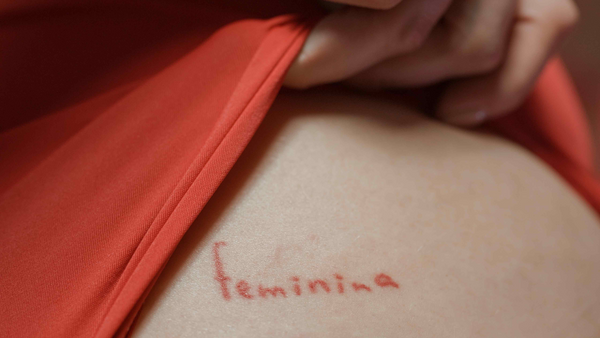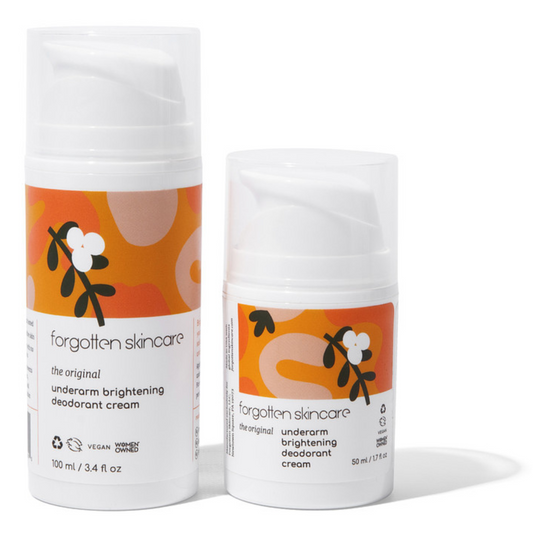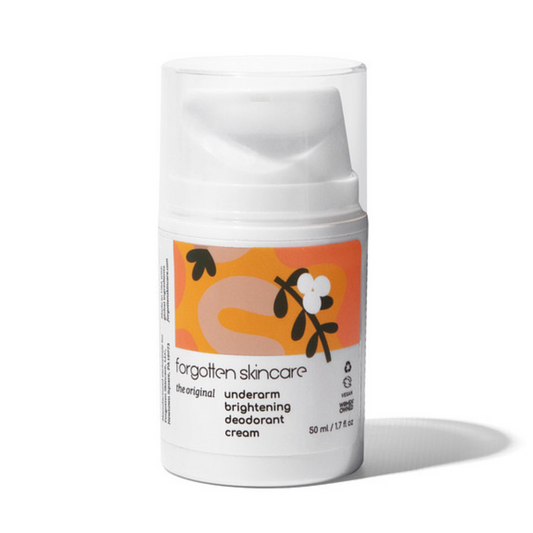
Skin lightening vs. skin whitening: what’s the difference?
No matter what beautiful shade you were blessed with, we all have the same goal when it comes to our skin - to have an even skin tone and a bright and healthy glow. This is easier said than done. Sun exposure, hormones, genes, and other factors get in the way of our efforts, creating blemishes and spots that are darker than the rest of our skin. From skin brightening to lightening to whitening, it’s hard to keep up with the various terms used by individuals and companies concerned with skin care.
How do you decide what product is right for you when trying to achieve an optimal epidermal balance? The secret is in understanding hyperpigmentation and having a clear sense of skin cream ingredients and their effects.
When it comes to putting products on our skin, it’s important to be mindful, deliberate, and have a very clear understanding of the terms used by skin care companies and various cultures.
Before we dive into the difference between skin lightening and skin whitening, it’s important to understand what causes an uneven skin tone, or hyperpigmentation.
What is hyperpigmentation?
Any darkening of the skin is referred to as hyperpigmentation. Hyperpigmentation most commonly rears its head in areas that are more exposed to the sun, like the face and hands. It occurs due to the over production of melanin and in the case of sun exposure, it’s your body’s way of protecting the skin from harmful UV rays.
Hyperpigmentation can look like freckles, blotchiness, dryness, sunspots and more. While sun exposure is one culprit, it can also be caused by stress, anxiety, and hormonal fluctuations like pregnancy and menopause. Hyperpigmentation is usually found on the face and hands, however, it can also occur in the underarms, thighs, knees, elbows, and stomach. For more information on hyperpigmentation, check out this article.
One way individuals combat hyperpigmentation is through the use of skin creams and products. Two popular terms that promise even skin tones are whitening and lightening. But what is the difference?

Skin whitening
Skin whitening is a term that is used differently depending on the source. This is where you have to be extra diligent in looking at your ingredients and the company before purchasing or using a skin whitening product.
For example, it’s very common among individuals of Asian descent to use the term skin whitening for products that lighten darker skin spots. In this case, skin whitening is referring to the use of creams that combat hyperpigmentation.
Contrast this with skin bleaching products which change the color of your natural skin. Bleaching is achieved through the use of very harsh and possibly dangerous chemicals and is not recommended.
Skin lightening
The process of using skin products that lighten dark spots caused by hyperpigmentation is referred to as skin lightening. In essence, skin lightening evens the skin tone by focusing on areas of the skin that are discolored, like blemishes and pigmentation, age spots, acne, and other forms of hyperpigmentation. This is achieved through the use of a lightening cream that inhibits the overproduction of the enzyme tyrosinase that is responsible for producing melanin. Wait, tyro-what? Let’s dive into the science of how it works.
How lightening creams work: a brief science lesson
In a nutshell, skin lightening products are formulated to block an enzyme in the skin that produces, and in some cases over-produces, melanin, a skin pigment that makes your skin appear darker.
Our skin is made up of a variety of cells. The cells that contain pigment, or melanin, give our skin its unique color or tone. An enzyme within skin cells called tyrosinase is responsible for the production of melanin.
Skin lightening creams work because they contain tyrosinase inhibitors. Anyone can use skin creams that contain tyrosinase inhibitors, even individuals who don’t experience skin discoloration. Skin lightening creams also work to deter hyperpigmentation due to hormonal fluctuation, sun exposure, genes, or other sources, from occurring in the future.

Skin lightening cream ingredients
When choosing lightening cream for your skin, it’s recommended that users have a solid grasp on ingredients and possible side effects.
Forgotten Skincare’s underarm brightening cream includes bearberry (uva ursi), which contains a natural arbutin, and the beta hydroxy acid, salicylic acid, which contribute to healthy skin brightening.
We don’t include ingredients that are not recommended, like hydroquinone, which can cause unwanted side effects like itching, irritation, dryness, redness, and possible allergic reactions in the form of contact dermatitis. In addition, long-term use of hydroquinone is known to cause ochronosis, a black and blue pigmentation that can develop on the skin.
Skin whitening and skin lightening generally refer to the same thing - evening out skin tone. At Forgotten Skincare, we like to use the term brightening because it's the truest to what our product does since it's not a bleach that will alter your skin shade. Just make sure you always read the ingredients carefully to ensure you’re putting only the best product on your skin.
You are beautiful inside and out, no matter the color of your skin. But we understand the frustrations that come when our bodies change. We are here to help you feel like your most confident self, every day.








